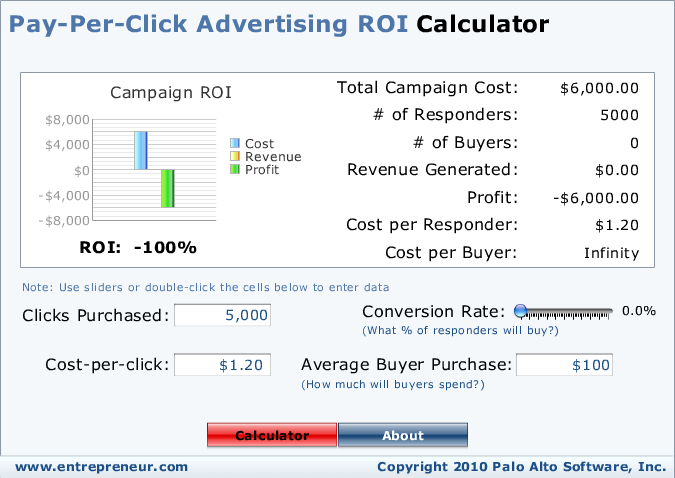How Much Can I Charge for Online Advertising?
Small business owners often seek our advice regarding how much they can and should charge for advertising on their website. The short answer is, “It depends.”
First, determine the value of your online real estate.
The amount of visibility, website traffic and type of content all factor into the value of your website to potential advertisers. When determining the amount you can charge for advertising, ask yourself the following questions.
- How visible is my company’s website when potential customers are searching online for businesses in my industry? What is my page rank and how does my rank compare to my competitors?
- How many visitors does my website receive on a daily, weekly and monthly basis? How does my traffic vary by page (thus the amount I can charge per page)?
- What is the marketability and reach of the content housed on my website? Does my content appeal to a niche market, or does it attract visitors across demographics and markets? Is my content search engine optimized?
Next, chose your pricing structure.
The amount you can charge for advertising is influenced by several factors, including:
- Size of ad
- Placement (where the ad will live on your website, i.e. top half of page or bottom, etc.)
- Appearance (how the ad will appear to visitors, i.e. will the ad be static or rotate through various ads)
- Ad type (Will you charge advertisers when visitors click on their banner ads (cost-per-click or CPC) or will you charge per impression based on the number of visitors to your pages?)
- Quantity of ads (Is your goal quantity of ads and advertisers or quality?)
The following image of Entrepreneur’s Pay-per-Click ROI Calculator is designed with the advertiser in mind, but if you determine your cost-per-click and experiment with the clicks you expect to sell (Clicks Purchased), you can determine your Total Campaign Cost, or the amount you charge advertisers.
Using the above ROI calculator, if you charge an advertiser $2.50 per click, and your advertiser’s banner ad receives ten clicks per month, then you can earn $25 per month per page for just one banner ad.
The same logic applies for an impression-based rate structure. If you charge an advertiser $.10 per impression for a keyword that appears on your website and your page gets 1,000 visits per month, then you can charge $100 per month per advertiser to place a banner ad on that page.
Google AdWord’s weighted average approach to CPC ad pricing fluctuates based on a number of factors.
- They enable advertisers to select their daily budgets.
- Google receives revenue only when advertisers’ ads are clicked, not just displayed.
- Google automates its CPC prices by enabling advertisers to select the maximum amount they are willing to pay for each customer that clicks. This bid impacts how high or low ads appear on the search results page and, ultimately, how often their target audience will notice and click their ads.
- Google rewards companies with higher relevancy (ads with targeted keywords) with a higher score and higher ad position. Therefore, quality of advertising trumps quantities companies bid for CPC ads.
And the Answer is…
In reality, there is no “one size fits all” approach to determining the ideal mix of advertising revenue components. Industry, target market, competition and the preservation of your brand must all factor into your decision.
NicheLabs can work with you to determine a customized online advertising mix to help you reach revenue targets while protecting your brand image. If you are interested in learning more about selling advertising on your website or if you would like to know what your page rank is vis-à-vis your competitors, email us at sales@nichelabs.com, or call 888.978.9254.
As we continue to feature digital marketing advancements, connect with us on Facebook and Twitter to receive alerts when new information posts, or subscribe to our monthly newsletter to read summaries of our monthly posts.

